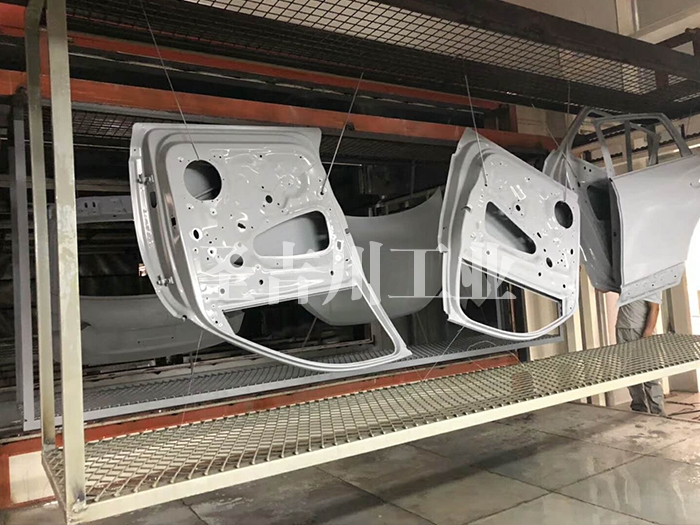

Electrophoretic coating generally includes four simultaneous processes:
1. Electrophoresis: under the action of a direct current electric field, the positive and negatively charged colloidal particles move in the negative and positive direction, also known as swimming.
2. Electrolysis: oxidation-reduction reactions are carried out on the electrodes, but oxidation and reduction phenomena are formed on the electrodes.
3. Electrodeposition: Due to the effect of electrophoresis, the charged colloidal particles moved to the vicinity of the anode emit electrons on the surface of the template, and deposit in an insoluble state. At this time, the paint film is formed.
永旺彩票4. Electroosmosis: Under the action of an electric field, the solid phase does not move while the liquid phase moves. Electroosmosis causes the water content in the paint film to be gradually drained out of the paint film, and then forms a dense paint film with a low water content and a relatively high electrical resistance, which can hardly even pass through the current.
5. Iron red epoxy electrophoretic paint as an example: the electrophoretic paint is composed of modified epoxy resin, butanol, ethanolamine, talc, and iron red. After the electrophoretic paint is mixed with distilled water, under the action of a DC electric field, Separate into positively charged cations and negatively charged anions, and carry out a series of complex physical, chemical, colloidal, and electrochemical processes.
Into shengjichuan+
Product Center+
Case presentation+
News and information+